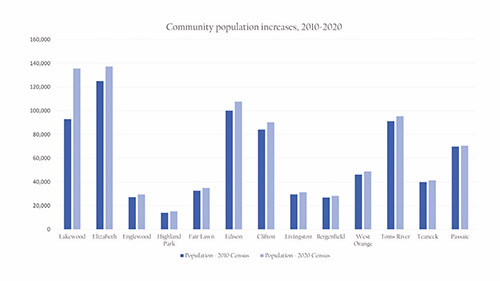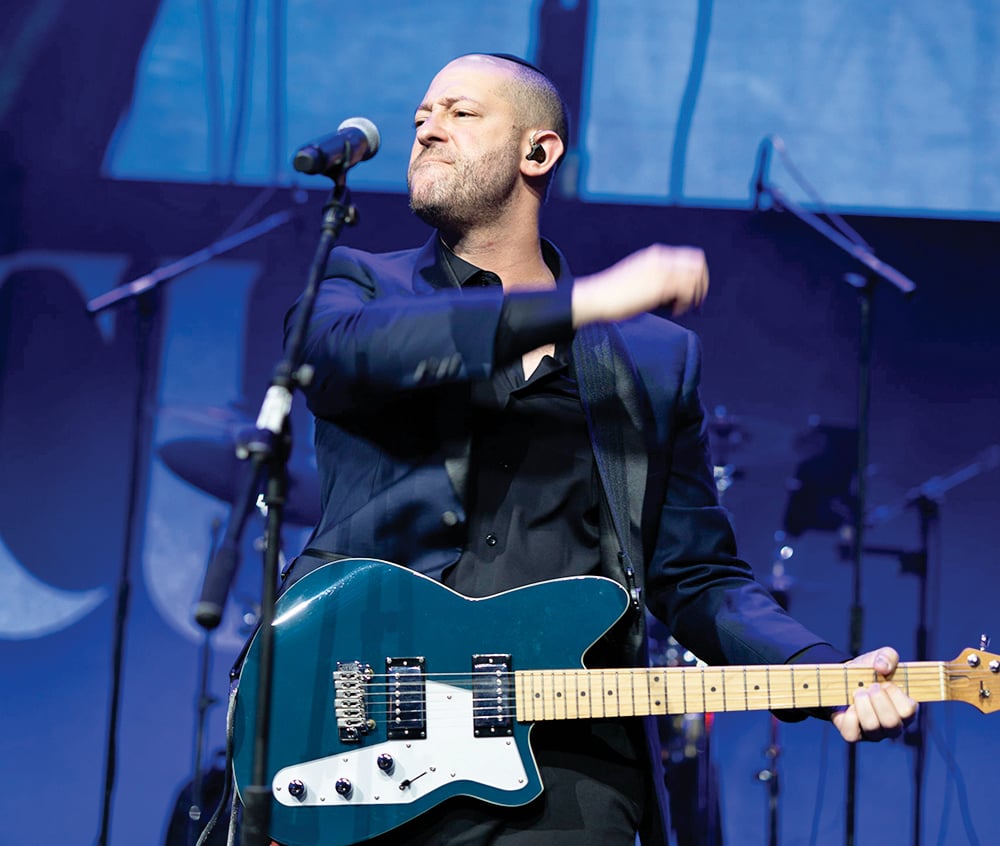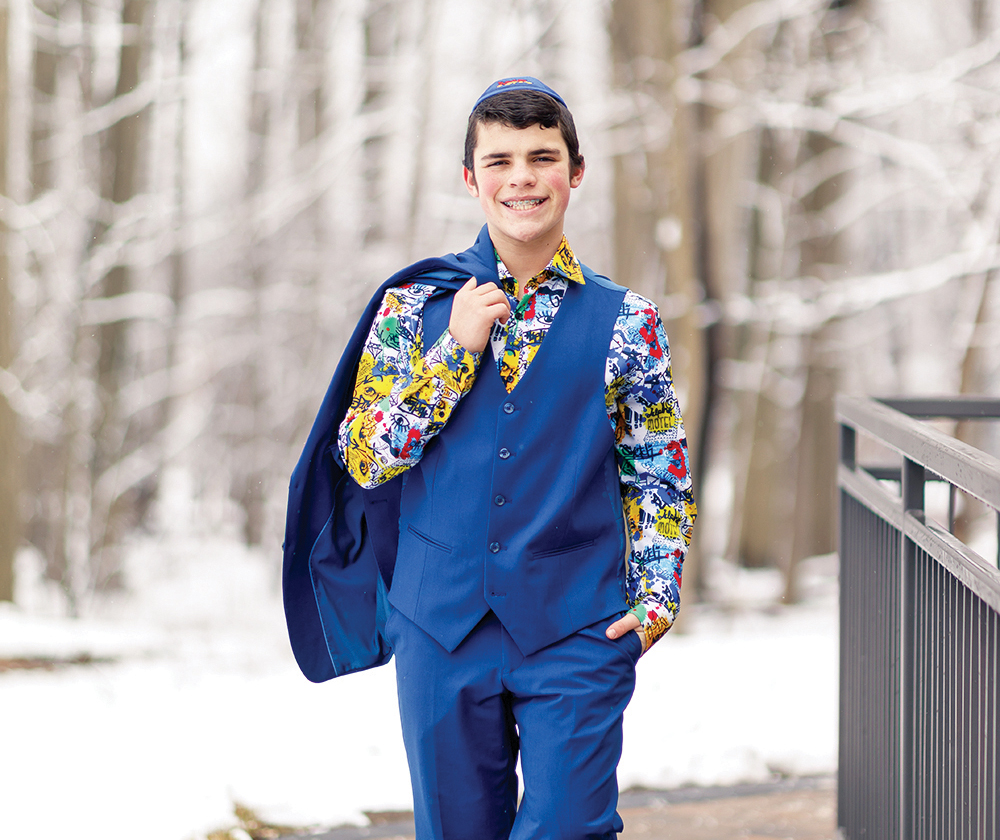
The results are in: The United States 2020 Census has revealed that the state of New Jersey has grown to 9,288,994 residents, a 5.7% increase from 8,791,894 in 2010. But even more impressive are the numbers from the Jewish neighborhoods across the state, which boast above-average population increases. Though there are some townships that have not grown significantly in the last decade, densely populated Orthodox areas have expanded remarkably—most notably Lakewood, which now ranks as New Jersey’s fastest-growing municipality.
Ocean County, which includes the township of Lakewood and its growing neighbor, Toms River, experienced a population growth of 10.5% since 2010, making it the second-fastest-growing county in the state following Hudson County. Lakewood’s population expansion is a main contributor to this statistic—both Toms River and Jackson, which have become increasingly popular destinations for young Jewish families as Lakewood becomes more dense, have grown by only 4.6%, one-tenth of Lakewood’s whopping 46% growth.
Essex County follows closely behind Ocean County with an overall increase of 10.2% in population since 2010. Both Livingston and West Orange, which are home to growing Orthodox neighborhoods, have seen significant expansion—6.7% population increase in Livingston, and 5.7% population increase in West Orange. Union County, which encompasses the large Jewish community of Elizabeth, experienced an overall population increase of 7.3% since 2010, with Elizabeth growing from 124,969 residents to 137,298 residents—reaching a nearly 10% population expansion.
Middlesex County, home to adjacent Jewish neighborhoods of Edison and Highland Park, saw an overall population increase of 6.6% since 2010. The Jewish communities, however, saw above-average growth, with Edison increasing its population by 7.6% and Highland Park increasing by 7.8%.
But how did Bergen County fare? Just about average, according to the Census Bureau, which reported an overall population increase of 5.6% since 2010. Englewood topped the list of expanding Jewish communities, with a 7.9% population growth, followed closely by Fair Lawn, which grew by 7.6%. Bergenfield’s population increased by 5.8% and Teaneck trailed behind with a 3.7% increase in population—overall, Teaneck exhibited one of the slowest growth rates in the county.
Passaic County has grown at an even slower rate than Bergen County, reporting an overall population increase of 4.5% since 2010. Passaic itself experienced a very slow rate of growth, at 1.1%, but its neighboring township of Clifton experienced an increase of 7.3%, well above the county average. Passaic County, however, was not the slowest-growing Jewish area—according to the Census Bureau, Monmouth County grew by only 2.1% since 2010, with the Jewish community of Deal falling just below that average at a 1.4% population increase.
While the United States Census does not contain information about religious affiliation, the population increase in Orthodox neighborhoods speaks for itself—and correlates with yeshiva enrollment, according to the Orthodox Jewish Public Affairs Council (OJPAC). At this rate, the latest data analysis predicts that Lakewood will become the third-largest municipality in New Jersey by 2030—other Jewish neighborhoods will likely remain in a similar ranking by the next U.S. Census.
By Channa Fischer












